Many of us take something as simple as using the restroom for granted. It’s an everyday function that, if done right, is easy to forget about. However, it can be a challenge for individuals who require special adaptations or have disabilities that affect their mobility.
Making bathroom spaces more accessible and inclusive isn’t just good etiquette; it’s an important part of creating a welcoming environment both at home and in business settings alike. In this blog post, we’ll provide essential information on how to create an accessible bathroom space through design and planning so that everyone feels comfortable and safe when they use the facilities.
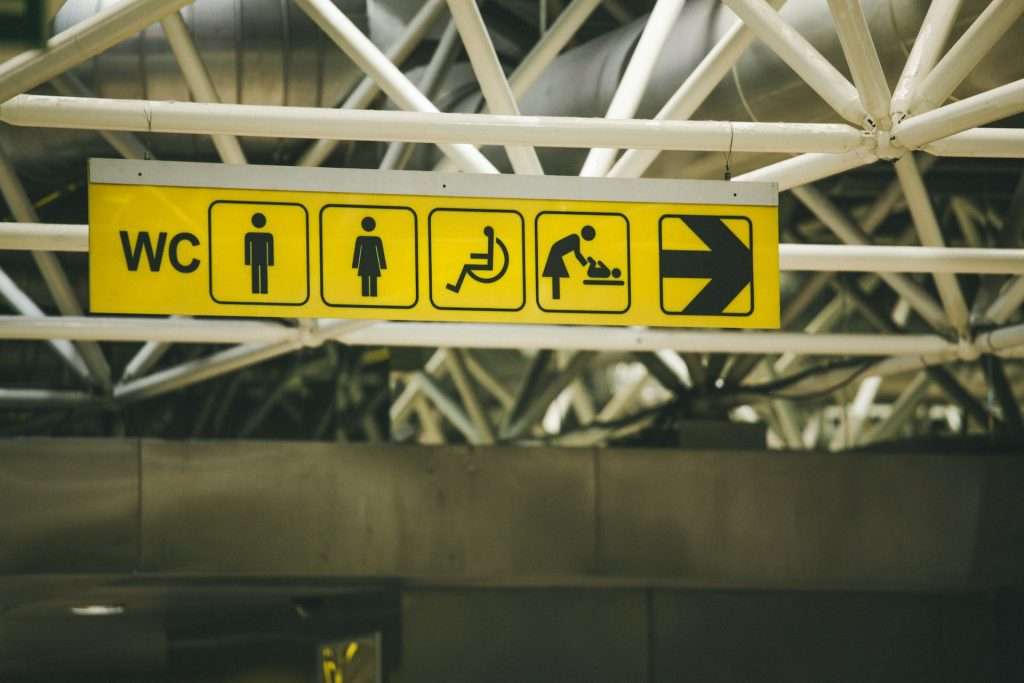
Understanding Accessibility Requirements
When it comes to designing a bathroom, accessibility is a crucial consideration. The goal is to make the bathroom accessible to everyone, regardless of physical ability or mobility challenges. There are several requirements to keep in mind, such as the size and placement of fixtures like the toilet and sink, grab bars for stability and support, and adequate lighting.
It’s important to approach the design with empathy and understanding for those who may need additional accommodations, whether it’s for a temporary situation or a permanent disability. By choosing professionals like EA Mobility, you can create a bathroom that is welcoming, comfortable and inclusive for all.
Key Considerations in an Accessible Bathroom Layout
Designing an accessible bathroom is not merely about convenience; it is a testament to our commitment to inclusivity, ensuring the dignity, safety, and comfort of the elderly, mobility-impaired, less-abled, and wheelchair users. It’s important to note that this isn’t solely about following legal requirements, but also facilitating independence for all users. Strategic fixture placement and space optimisation are vital for safe mobility of users with assistive equipment.
The layout needs to be spacious enough to allow for easy movement, especially for those using mobility aids like wheelchairs or walkers. Key fixtures like the sink, toilet, and shower should be positioned in a way that leaves plenty of room for any necessary support equipment. In addition, the design can be further improved by incorporating features like storage areas within easy reach, floors with anti-slip properties, adjustable shower heads, and taps with lever-style handles. These enhancements will greatly increase safety and usability.
Accessible Bathroom Entrance Design
Designing an accessible bathroom entrance is vital for individuals with disabilities. One innovative feature that significantly improves accessibility is a zero-threshold entrance, which provides a smooth entryway for wheelchair users by removing any bumps or barriers.
However, it’s equally important to consider the type of flooring used within the bathroom. Slip-resistant flooring is necessary to avoid accidents and ensure safety. The convenience of a step-free entrance only benefits users if the bathroom interior is also designed with accessibility in mind. By incorporating these design aspects, you can create a welcoming and inclusive space that caters to everyone’s needs.
Designing Spacious Interiors
Creating roomy interiors is of paramount importance for individuals who navigate spaces with wheelchairs. The ability to move around freely can significantly enhance their quality of life. Essential elements like clear floor space and an adequate turning radius are non-negotiables in facilitating this accessibility.
However, designing for wheelchair accessibility isn’t simply about providing generous space. It’s also critical to devise thoughtful strategies to avoid overcrowding and potential obstacles that could hinder movement. A well-considered layout, mindful of the unique needs of wheelchair users, can lead to the creation of interior spaces that are not just functional, but also comfortable and inviting.
Remember, mastering the delicate balance between spaciousness and manoeuvrability is at the heart of truly inclusive interior design. By doing so, we can ensure our spaces are welcoming to all, regardless of mobility.
Innovative Fixtures for Inclusivity
Designing with inclusivity in mind is more than a trend; it’s a fundamental aspect of creating spaces that are comfortable for everyone. Innovative fixtures are key to achieving this. Ever struggled with a sink that’s too high or low? Height-adjustable sinks and vanities cater to people of all heights and abilities, enhancing usability. Additionally, smart toilets and bidets offer independence and privacy to those with disabilities or mobility impairments. By investing in inclusive fixtures, we enhance functionality and contribute to a society where everyone feels valued and welcome.
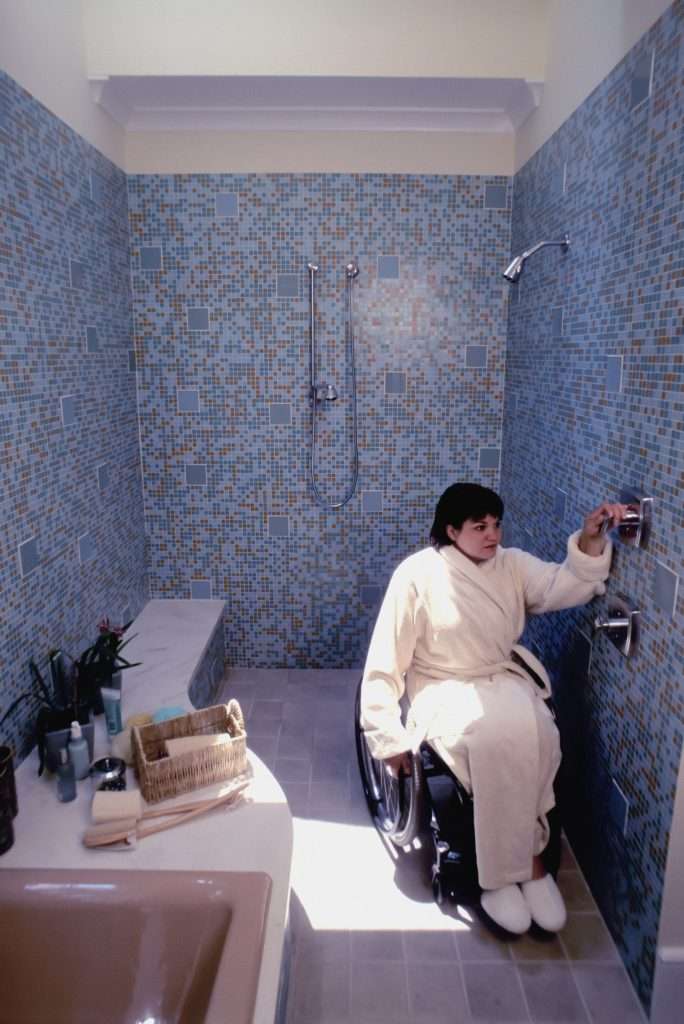
Optimal Handrail and Grab Bar Placement
Whether you’re entering or exiting the shower or navigating a staircase, a sturdy handhold is essential. Properly installed grab bars and handrails ensure safety and support, especially for those with mobility challenges.
When it comes to designing for accessibility, the height of handrails and grab bars plays a crucial role. For most people, a handrail placed 700mm from the floor level provides sufficient support when rising from the toilet. Additionally, a vertical grab rail, ideally positioned at approximately 800mm above the floor, offers extra leverage for individuals pulling themselves up from a seated position. With these heights in mind, you can create a bathroom environment that is not just safe, but also comfortable and easy to navigate.
But functionality doesn’t have to compromise style. Modern designs merge optimal handrail and grab bar placement with aesthetic appeal. Whether your style is contemporary or traditional, you can prioritise safety without sacrificing design.
Designing for Low Vision and Blindness
Designing for individuals with low vision or blindness can be challenging, but effective use of tactile and visual cues can create an inclusive experience. Considerations like color contrast and uniform lighting are crucial. Contrasting colors improve readability, while consistent lighting eliminates unwanted shadows and glare. Incorporating these elements can vastly improve navigation and comprehension of space for visually impaired individuals, promoting overall inclusivity and accessibility.
Accessible Faucets, Showerheads, and More
As we strive for more inclusive environments, user-friendly controls become increasingly important. Faucets and showerheads with lever-style handles and touchless options allow easy operation for all, eliminating struggles with hard-to-turn knobs or buttons. Intuitive controls are essential for those with limited dexterity, ensuring everyone can enjoy a refreshing shower or wash their hands easily. By making everyday tools more accessible, we foster a more accommodating environment.
Conclusion
Accessibility is critical, and it’s entirely possible to create a bathroom space that is welcoming and inclusive. With careful selection of materials, thoughtful layout planning, and strategic design, you can create accessible bathrooms that make all users feel safe and comfortable. Designing accessible restrooms isn’t just good customer service; it’s also a legal obligation. By adhering to best practices, everyone in your community can use your facilities with dignity and independence.
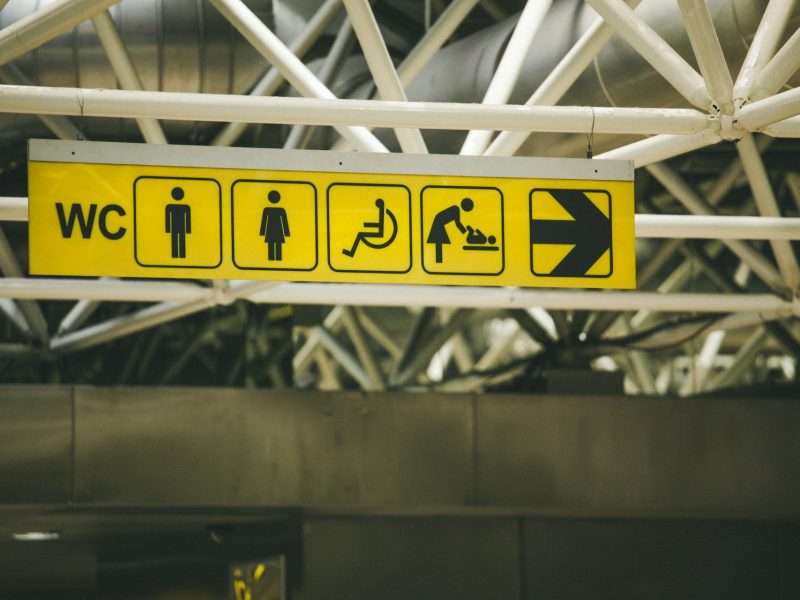
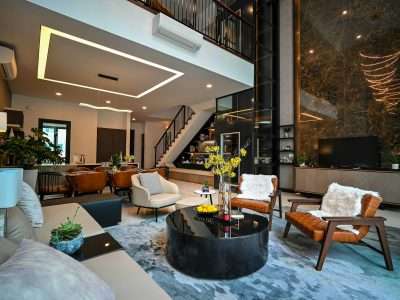

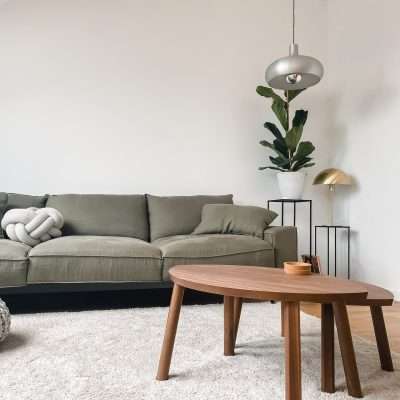

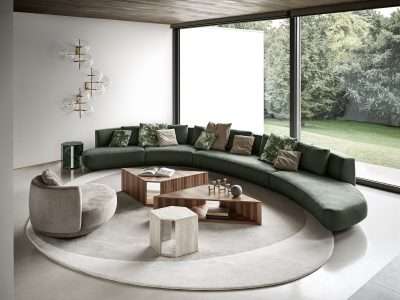
Comments